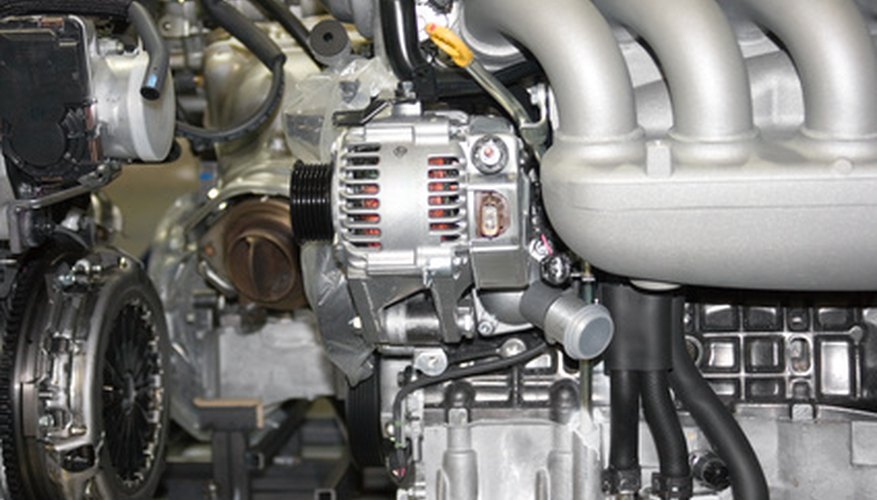If your automobile alternator is causing problems such as not charging your battery sufficiently, you may want to consider replacing it. The first step in replacing a faulty alternator is identifying the alternator and then buying a suitable replacement. Nippondenso alternators are simple to identify using only a flashlight.
- If your automobile alternator is causing problems such as not charging your battery sufficiently, you may want to consider replacing it.
Open the bonnet of your car.
Use a flashlight to examine the back of your Nippondenso alternator. There are two main types of alternators: three-wire alternators and four-wire alternators.
Check the connectors. Three-wire Nippondenso alternators have two connector slots next to each other at a 90-degree angle. The third connector will be a plastic socket with three slots. Four-wire alternators have three connector slots, two parallel to each other and a third at a 90-degree angle to the first two. The fourth connector is a plastic socket with three slots. Using this information, determine whether your alternator is three-wire or four-wire.
Check for a raised "ND" on the plate. The N and the D are combined. This confirms your alternator is a Nippondenso alternator.
- Check for a raised "ND" on the plate.
Check for the alternator rating on the plate. The alternator's output rating and model number will be stamped under the "ND." Make a note of the rating and model number.
Use the information you have gathered to obtain the correct replacement alternator at an auto parts store.
